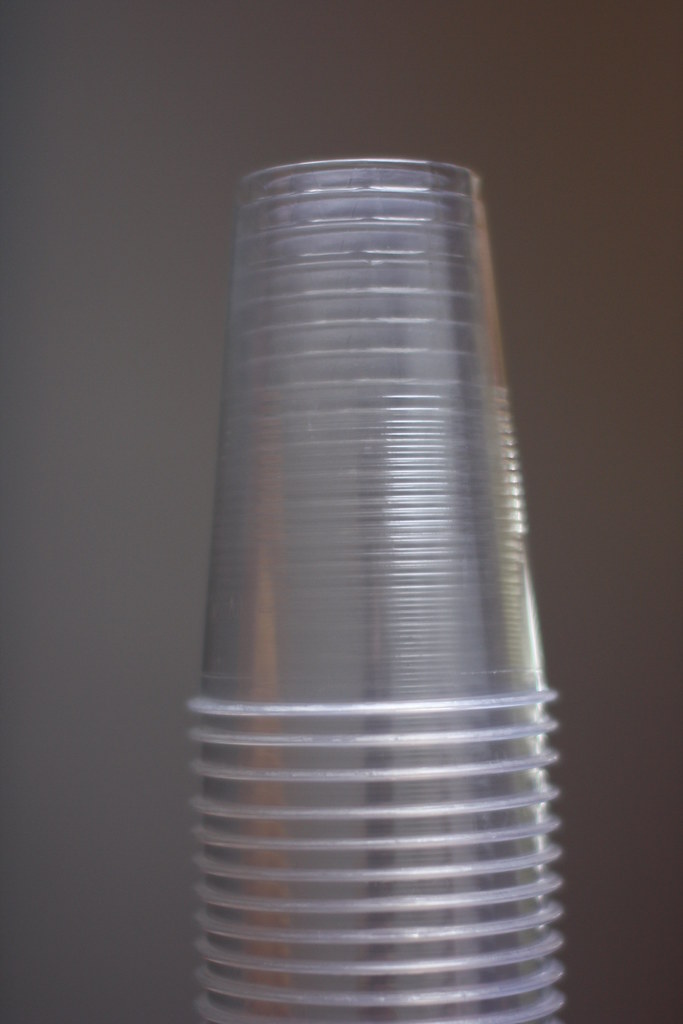
Could bioplastics save the environment?
We all know that plastic is extremely bad for our environment, with some kinds believed to take up to 1000 years to decompose. Plastic waste is hazardous to wildlife and their habitats, and has even reached the Arctic. In recent years there have been lots of campaigns against what’s called single-use plastics: these are plastic items which are used once and then thrown away. But a new kind of plastic, called bioplastic, might soon replace them.

“Stack of plastic cups” by magnusfranklin is licensed under CC BY-NC 2.0
Bioplastic is so-called because it is made from biological sources like plants instead of from oil, which is a fossil fuel. Generally speaking there are two kinds of bioplastic, known as durable and biodegradable. The durable kind is made from a mixture of bioplastic and traditional plastic, and can be recycled with regular plastics. Biodegradable bioplastics break down naturally and need to be composted rather than recycled.
So how are they made? Rather than oil their main component is starch from plants – corn or potatoes seem to work well. This is combined with glycerin (pronounced GLISS-er-in) and other ingredients to make a sturdy, lightweight and flexible plastic-like substance. You can even make it at home (supervised, of course!):
So why isn’t bioplastic everywhere? Well, first of all it’s a relatively new material and humans are nothing if not creatures of habit, and secondly it costs more to make than traditional plastic. This means it costs more for businesses to purchase and therefore more for customers. There’s also the problem that although bioplastics are technically biodegradable, this is only really true under ideal conditions. When composted in an industrial facility, where it is heated to 60°C and the correct microbes are present, it biodegrades in about 3 months. But if you were to put it in your composter or landfill, it might take almost as long as regular plastic. There’s also the disadvantage that bioplastic can’t just be thrown in your recycling bin, because it needs to be composted at a special facility and these are few and far between.
But don’t be disheartened! These bioplastics are a step in the right direction, and there’s a lot that you can do to reduce the amount of plastic you use. You can buy a reusable water bottle instead of disposable ones, and if you’re in the UK you can use the Refill app to find places to refill for free. You can use cloth bags for shopping, and buy loose fruit and vegetables instead of packaged (if you can afford to – unfortunately many shops charge more for non-packaged food). You could also find a local beach-clean or litter-picking group and help make the environment cleaner. It all helps.


1 Comment